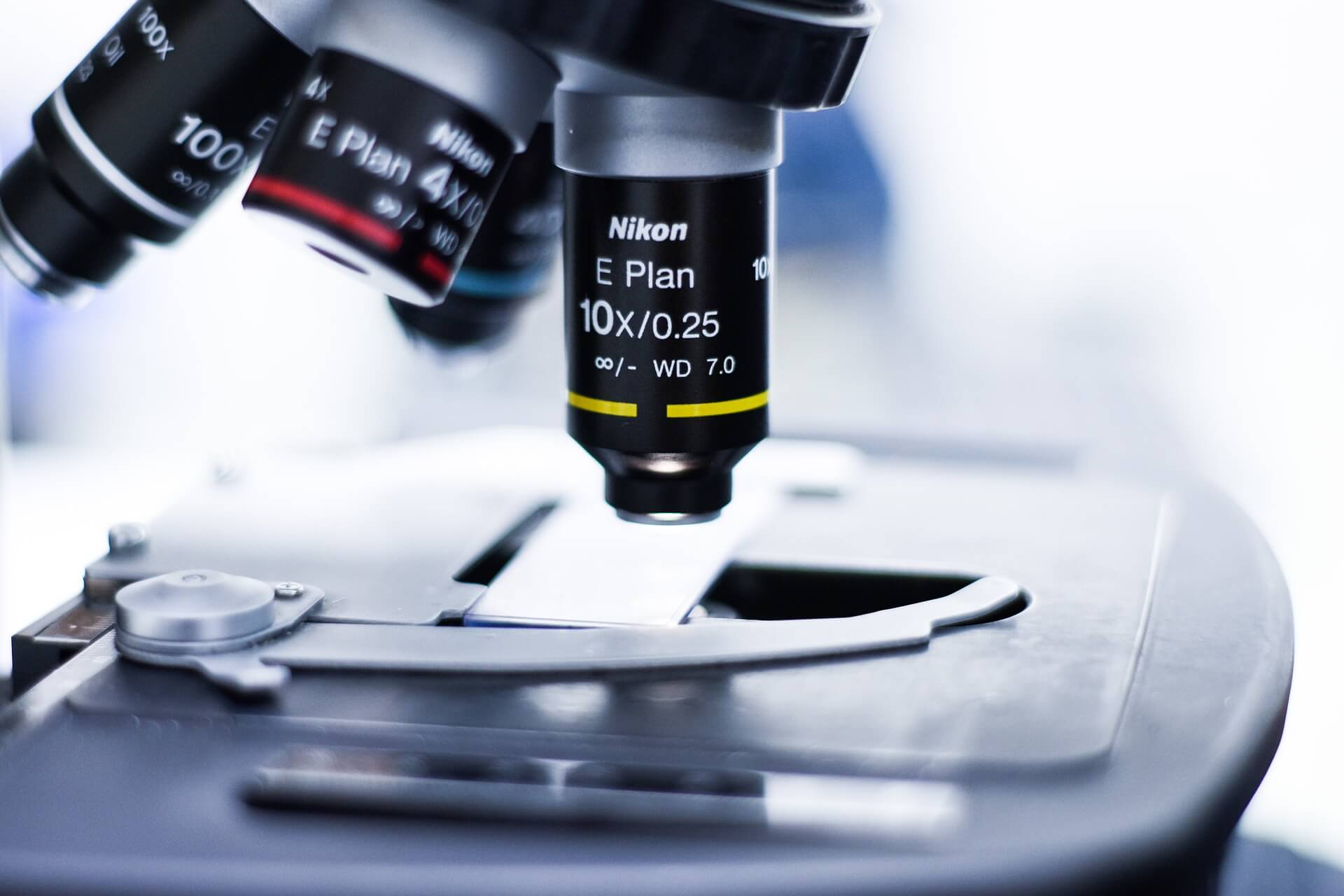
Quality Control and Laboratory Testing
Quality control and laboratory testing from UTIIS examines the fabrication procedures and materials used in production. These testing procedures ensure product specification standards, and they also provide in-depth analysis for other methods like mechanical testing.
Our testing ensures that the work of your manufacturer meets or exceeds your expectations. In this manner, you can rest assured that you will have third-party verification that your steel and metal products will meet necessary standards and regulations.
UTIIS implements thorough and sophisticated testing and inspection methodology. As part of our process, we look for the manufacturer’s resources and their own equipment and materials used for building their products. In addition, we determine whether they hold the appropriate industry certifications that verify that their approaches and production methods result in quality fabrication.
Analysis
Chemical Analysis
Chemical analysis methods are able to pinpoint elemental composition and materials used for production. This analysis ads a crucial layer to our entire quality control operations, while assisting our client companies support their own testing and analytical efforts. Chemical analysis is used for many purposes such as failure investigations.
To determine whether your company’s products have been assembled according to your specifications, UTIIS implements a material identification and verification analysis. This procedure determines that the products have been made by using the correct alloy grade and adheres to international regulations. Material identification also helps in reverse engineering and failure investigations.
Conducting a thorough chemical analysis is highly vital. UTIIS partners with the best laboratory testing companies whom we have personally vetted to perform rigorous chemical testing by expert analysts. These laboratories are credited with the appropriate ISO certifications and are equipped with implementing the latest techniques and procedures.

Chemical Analysis Methods:
- Elemental analysis of steel and stainless steel
- Elemental Analysis of copper, cobalt, nickel, tin, zinc alloys, and aluminum.
- Analysis of ultra-low concentrations of samples
- Analysis of nitrogen, oxygen, carbon, and sulfur.
- Analysis of alloy systems
These procedures can identify a wide range of metals and implement various types of techniques to verify elemental components. Regardless of the kind of industry that you are in, whether it is aerospace or medical equipment, UTIIS is certain to implement comprehensive chemical analysis for your sector.
Our chemical analysis division ensures quality with a fast turnaround time for your company. Our test results are highly reliable and support our own mechanical testing efforts. UTIIS provides thorough and comprehensive test results for all of its clients.
Testing

Mechanical Testing
UTIIS’ mechanical testing division provides its clients with highly reliable testing results that conform to international standards including government agencies and other authoritative organizations.
UTIIS provides mechanical testing services for the following:
- Materials
- Failure Analysis
- Product Analysis
Mechanical Testing Methods:
Tensile Testing
Tensile testing looks for yield strength, ultimate strength, and elongation. It is used for testing raw and welded materials such as pipes, tubing, plates, and beams.
Temperature Tensile Testing
Heat testing implementation to determines how steel responds at different temperatures.
Bend and Re-Bend Testing
Through deforming materials to the point of maximum stress, this procedure analyses a material’s strength and resistance to fractures. Bend and re-bend testing methods implement a wide variety of movements to investigate any possible scenarios.
Flatting/Flaring Testing
Some of the most significant problems are also the smallest. Flatting and flaring testing examines in microscopic detail any flaws that are invisible to the naked eye, including any internal deficiencies. By using a compression technique that involves inserting a tubular ring into the material, this process is able to obtain information about minuscule and internal defects.
Flaring Testing
Flaring testing analysis is similar to a bend and re-bend test in that it analyzes a material’s motion and flexibility. By expanding tubes and pipes to certain angles, this test can determine any unnatural weaknesses.
Impact Testing
Impact testing analyses a material’s ability to withstand high-rate loading in which the surfaces of two objects collide at a high rate of speed.
Impact testing is done on raw and welded materials as well as other steel and metal products.
Hardness Testing
Hardness testing follows impact testing in which it measures the depth of an object’s indentation. In doing so, this examination can assign a hardness value. Hardness testing supports mechanical engineering analysis as well as raw and welded materials.
Macro-Examination
Maco-examination testing is done on welded material and checks for strength and overall quality. It can reveal a weld’s composition, sequence, internal flaws, and other details about its condition. Testing results can support other analysis methodologies as well.
Failure Testing
Failure analysis is one of the most crucial testing components. During this phase, our testing team implements sophisticated methods to determine the root cause or causes that lead to a failure. It is an investigative approach that examines specific components and establishing a sequence of events that help inform us about the role that each element played in the ultimate failure of a product. We use methods such as spectroscopy and other means.
We provide full reports on our investigation and its findings. We supply photographs, documentation, conclusions, and recommendations.
Other Testing Procedures
Corrosion Testing
Corrosion testing checks or any abnormalities that result from factors such as excessive hydrogen blistering that result from excessive hydrogen pressure. Surface areas in the metal where ductility is reduced are vulnerable to greater hydrogen pressure. As a result, this increases the likelihood of corrosion.
Other corrosion testing implementations include sulfide stress corrosion which examines a material’s reaction to corrosive conditions where water is present.
